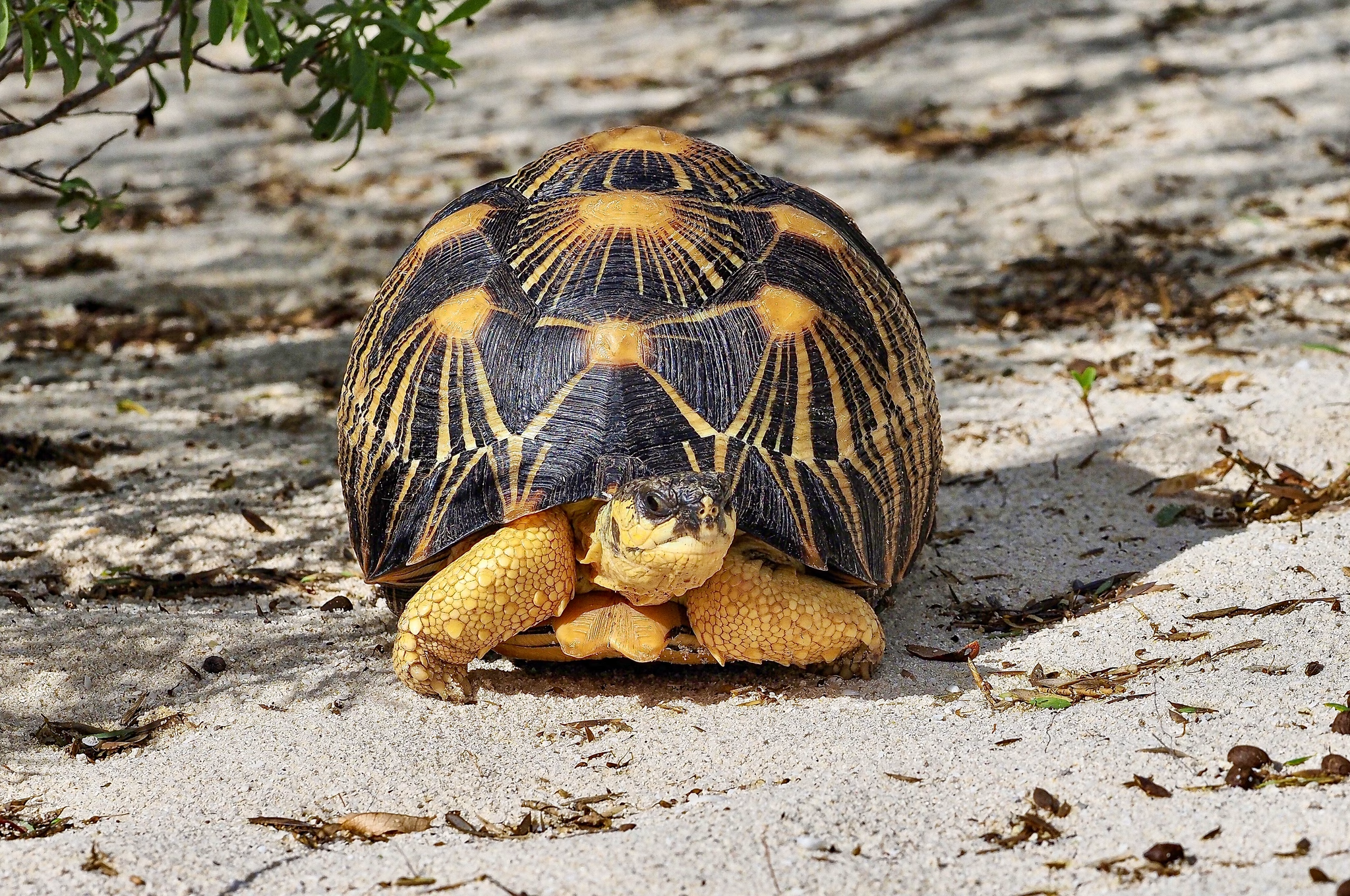What Can Tortoise Droppings Tell Us: Exploring Parasites in Wild Radiated Tortoises
By Safiditsara Andrianelson

In the far southwest of Madagascar, the land is arid, spiny, and incredibly wild. Itampolo. Home to a searing sun, a cracked earth, and the radiated tortoise (Astrochelys radiata), as it roams free. Found only in Madagascar, the Critically Endangered radiated tortoise is threatened by poaching, habitat loss, and, as we have come to learn, some very small but also very significant organisms.
Over the last month, I worked with two veterinary students from the NGO Women Rise Wildlife Research, who were also working with members of the Turtle Survival Alliance. Our research team was in this remote region of Madagascar, with one lofty goal: to understand the density and diversity of internal parasites hosted by wild and captive radiated tortoises. Sounds a bit niche? Sure! But what we learn about these tortoises may one day help save their species.

Working Together with Local Communities
We collaborated with the four villages of the Itampolo rural commune: Bemanateza, Ankazoabo, Tongaenoro, and Lavavolo. In each village, we met with local leaders, obtained any necessary official permissions, and collaborated with community representatives, all while respecting local customs and conservation ethics. This was one of the most rewarding aspects of the project, visiting and working alongside local communities. Interestingly, in some areas, village traditions, unknowingly, have protected tortoise populations for generations.
For each site, we followed the same non-invasive protocol: First, we searched for wild tortoises. For each recorded tortoise, we marked the tortoise for future identification and collected a GPS location. Next, we performed a visual and physical health check, collecting morphometric data (for example, the animal’s weight, estimated age, shell size, etc.). Lastly, and most importantly, we collected fresh fecal samples for parasitological analyses.

Throughout the month-long work, more than 50 tortoises were examined at each site, and we collected between 30-53 fecal samples per site. We preserved these fecal samples, and will analyze these specimens at a laboratory in back in Antananarivo after all of the field work is completed.
Conservation Starts from Within
When it comes to wildlife conservation, people may think of camera traps, forest patrols, and apprehending poachers. Rarely do we think about when researchers are up to their necks in tortoise feces, sampling in 40°C (i.e., 104+ °F) -degree heat. However, at times, the largest questions in conservation may be found in the tiniest places. In a world of continually threatened ecosystems, understanding the roles parasites and gut health play in endangered species such as the radiated tortoise may mean the difference between existence and extinction. We hope that our work in Itampolo conveys that conservation works best not only when considering what is surrounding an animal but also when considering their insides.

The Road to Saving the Radiated Tortoise
The journey is not over. This was the first phase of ongoing work. The team is still on the ground conducting copro-parasitological analyses and continuing research of tortoises that are professionally managed at the Turtle Survival Alliance (TSA) center in Lavavolo. Our work has only just begun, and the results we gather and analyze will help inform our understanding and allow for better evidence-based planning of radiated tortoise conservation.
My experience in Itampolo has reinforced my understanding that conservation requires more than science. It requires connections. A connection between people and nature, a connection between the past and the future, a connection between local stories and global changes.

